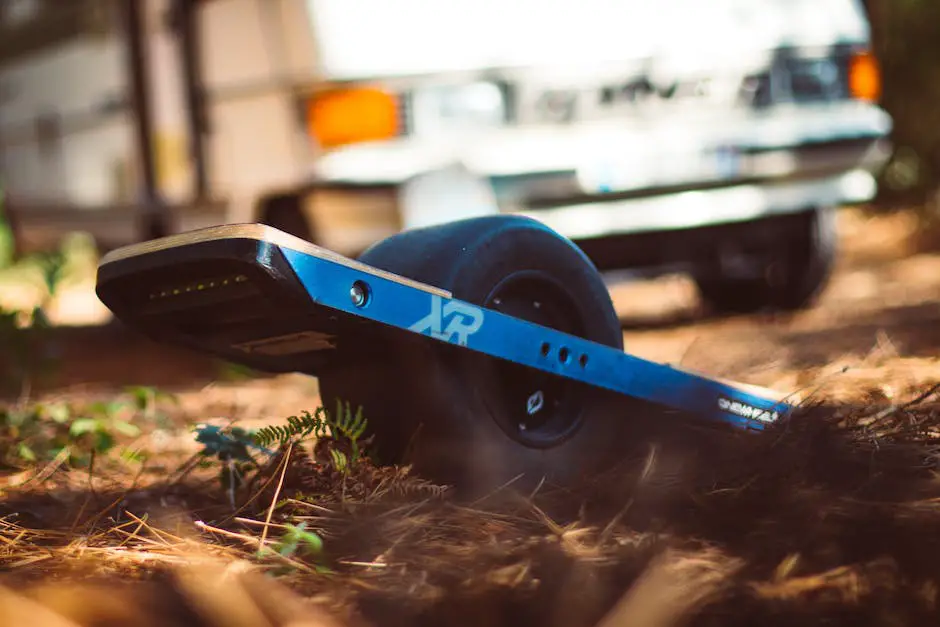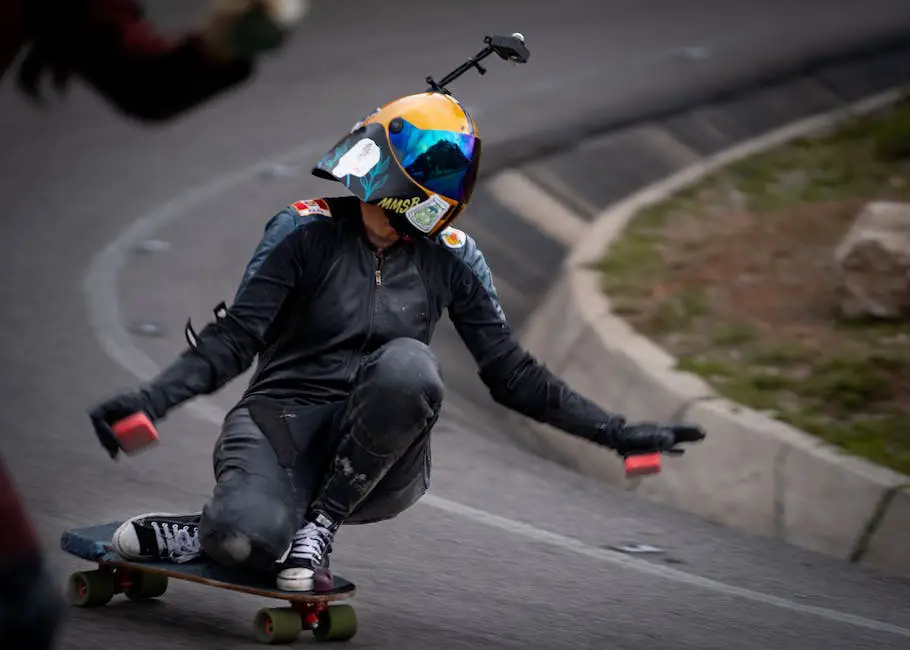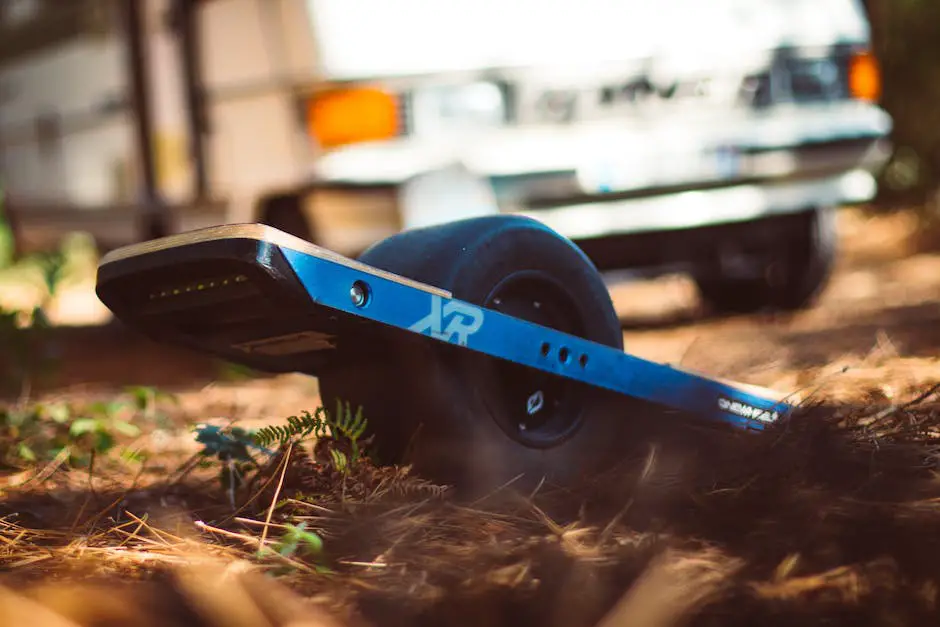As technology continues to evolve and permeate every facet of our lives, so too has the realm of skateboard racing, sparking intrigue and passion in enthusiasts and hobbyists alike. The advent of electric skateboards has revolutionized the landscape of this thrilling sport, providing another level of prowess and performance to behold. This discourse aims to illuminate the key aspects of engaging in electric skateboard speed racing, from familiarizing oneself with the mechanism behind these innovative devices, to identifying the speed potential they hold, the vital safety measures to adopt, and the right strategies to prepare for a speedy race. Throughout, we’ll uncover how these electric steeds have intensified the exhilarating experience of skateboard racing, and what you can do to ride at the forefront of this modern wave.
Understanding Electric Skateboards
As you delve deeper into the exciting world of electric skateboards, you’ll quickly find that there’s much more involved than simply hopping on a board and hitting the road. Here are some key fundamentals to know about electric skateboards, essentials which will help you understand your beloved hobby better, and perhaps let you enjoy it even more.
Motor Power
One of the things you’ll find when looking at electric skateboards is they come in a variety of motor sizes, usually rated in watts. The higher the wattage, the greater the power. This means that a skateboard with a 2000 watt motor will be more potent than one with a 1000 watt motor. Higher power often translates to higher top speeds and better performance on inclines.
Battery Life
Electric skateboards are battery powered, usually lithium-ion, and the battery life will determine how long you can ride or how far you can travel before needing to recharge. Keep in mind that the bigger the battery, the heavier the board may be, and that hills and riding at top speed will consume more power, thereby reducing ride time.
Wheels and Terrain
Wheels play a significant role when riding an electric skateboard – their size and material directly impact ride quality and capability. Larger and softer wheels generally handle rougher surfaces better, while smaller and harder wheels are better suited to smooth pavement for a faster ride.
Weight
The weight of an electric skateboard can influence how comfortable it is to carry around when not in use. Heavier boards might be more robust and powerful, but if you’re commuting and frequently need to carry the board, opt for a lighter model.
Brakes
Electric skateboards use electronic brakes which can be controlled by a wireless hand controller. Some boards offer regenerative braking, which actually recharges the battery when braking. It’s important to mention that braking on downhill slopes can be challenging for beginners, as it requires careful control to maintain balance.
Modes
Many electric skateboards offer multiple ride modes, each varying in speed and acceleration. Beginners can start with a slow and gentle ride, while more experienced riders might opt for a faster, more thrilling experience.
Board Material
The board’s material can impact both the skateboard’s weight and the rider’s comfort. Boards made from materials like bamboo are flexible and can make the ride smoother, while those made from maple are stiffer, providing better stability at higher speeds.
Remote Control
Almost all electric skateboards come with a remote control used for accelerating, braking, and sometimes even reversing. Each remote control differs in style and layout, so it’s helpful to familiarize yourself with its operations before hitting the road.
Whether you’re just discovering the joy of electric skateboarding or have already invested plenty of time carving up the streets, understanding these fundamentals will only enhance your ride. Get out there and enjoy the ride. You’ll be sure to impress your fellow riders with your in-depth knowledge of this addictive pastime.

Electric Skateboards and Speed
Title: The Speed Capabilities of Electric Skateboards: Are They Fit for Racing?
Electric skateboards have emerged as a thrilling way to experience the world of skateboarding a notch up – they are fast, fun, and a game-changer in speed racing circles. There’s a growing interest in their potential, given that they possess some integrated capabilities that could make them the new racetrack champions. Here’s what you need to know about their speed racing capabilities:
Speed and Performance
The first aspect to consider when evaluating an electric skateboard for speed racing is, of course, its speed capabilities. High-performance skateboard models can reach speeds up to 25-28 mph, making them highly competitive when compared with their traditional counterparts. The acceleration and maximum speed are directly influenced by the power of the motor, the board’s weight, and the modes available.
Torque
Torque is the skateboard’s ability to climb hills and maintain a stable speed during these inclines. It’s also responsible for providing the quick burst of speed needed to overtake competitors in races. Hence, the more torque an electric skateboard can produce, the better its acceleration tends to be. High torque electric skateboards could make the difference between a podium finish and ending up at the rear of the pack.
Stability
Speed isn’t the only factor in racing; stability plays an equally crucial role. High-speed electric skateboards can generate a lot of vibrations – potentially throwing off a rider’s balance and positioning. Hence, the selection of the right materials for the board, the quality of the wheels, and employing effective shock absorption mechanisms are crucial for maintaining stability during high-speed races.
Efficiency and Range
Lastly, how far and how long the skateboard can ride at top speed without depleting its battery is essential in race conditions. Electric skateboards with greater efficiency and longer-lasting batteries are more likely to last until the finish line without performance drop-offs.
In conclusion, electric skateboards exhibit immense potential in the sphere of speed racing. With their swift acceleration, potentially high top speeds, and impressive maneuverability, there’s every reason to believe they can hold their own in a race. However, as in any racing sport, the success of this pursuit isn’t solely down to the vehicle’s capabilities. The skill, experience, and guts of the rider wielding control also play decisive roles in determining the outcome on the racetrack. So, charge those batteries, gear up with safety equipment, and let the thrill of electric skateboard racing sweep you off your feet!

Safety Measures in Electric Skateboard Speed Racing
An absolute must for all electric skateboard speed racers is to prioritize safety measures. Here, we’ll discuss some key precautions that aren’t to be overlooked.
Firstly, wind resistance must be taken into account. As speed increases, so does wind-drift, which can dangerously veer you off course. This calls for enhanced wind resistance training, owning protective attire designed to minimize the impact of wind-drift, and factoring in wind conditions when racing.
Next, let’s talk temperature control. It may be surprising, but overheating can affect both the skateboard’s performance and rider’s safety. Incorporating a reliable cooling system in the e-board will prevent components from overheating during high-intensity races. Similarly, avoiding extreme outdoor temperatures when racing can reduce the risk of heatstroke or hypothermia.
Visibility is another crucial aspect. Racing at high speeds often involves late evening or nighttime conditions for cooler temperature. This means riders must optimize their visibility for safety. Use of reflective clothing, board lights, and ensuring the racing path is well-lit helps to avoid unnecessary accidents.
Let’s not forget about maneuvering and cornering. High-speed racing on electric skateboards may require swift and sharp turns. Here, two aspects come into play: your skill to execute the maneuver, and the bend of the board. Improve your turning ability through practice and select a board with a flexible bend for better cornering.
Also, riders need to consider their posture. This doesn’t just refer to your stand on the board but also to how the bodyweight is distributed. Regular practice helps to adjust the stance for optimum balance, reducing chances of toppling when racing at high speeds.
Never underestimate the significance of pre and post-race checks. Always inspect the operational efficiency of all components of your electric skateboard before and after a race. Regular servicing and timely replacements make for a smooth and safe racing experience.
Lastly, but arguably most importantly, protective gear is essential. An integral part of safety precautions, riders should ensure they are equipped with a certified helmet, knee pads, elbow pads, and wrist guards; a small investment for priceless safety.
Remember, no race or speed is worth risking your safety for. A racer’s savvy lies not only in their speed but also in the wisdom to recognize and heed these crucial safety precautions. Victory, after all, is guaranteed when you cross the finish line in the best of health and spirit!

Preparing for Electric Skateboard Speed Racing
Let’s ride into the nitty-gritty of electric skateboard speed racing. If you’re already pumped and ready to go, there are some additional elements definitely worth considering.
Wind resistance is a subtle, but significant factor in racing. The faster the board goes, the more wind it meets. To counteract this and ensure smooth sailing, a lot of racers lean into the ride, reducing their body profile and thus lessening wind resistance.
Temperature control is another thing you won’t want to overlook. Overheating electric components are no good for performance or safety! Make sure your skateboard has adequate heat sinks to dissipate heat and maintain optimal temperatures.
When it comes to nighttime racing, visibility is key. Not just for you, but also for onlookers and fellow skaters. High-quality headlights and tail lights on your board will illuminate your path clearly and ensure your ride is visible to others.
Now, let’s talk about maneuvering. Cornering, particularly at high speeds, necessitates honed skills. Fluid lean-in, precise turn input, and a calculated exit strategy are all part of a flawless corner. Perfection comes with practice, of course.
Posture and weight distribution are, in essence, the ABCs of skateboarding. Proper form is a must, both for speed and for safety. Having your weight positioned towards the front of the board ensures quick acceleration, while a little shift towards the rear ensures effective braking.
Pre and post-race checks cannot be underscored enough. Confirming that the motor, brakes, wheels, and battery are in optimal condition can make the difference between standing on the winner’s podium or watching from the sidelines.
And last, but certainly not least, always don protective gear. Helmets, knee pads, elbow guards, and wrist guards, while not the most fashionable, provide indispensable protection. Look out for equipment specially designed for skateboarders, with adequate ventilation and freedom of movement.
In electric skateboard speed racing, being prepared requires an in-depth understanding of your gear and some serious skill honing. But once you’ve got all this figured out, the thrill of the race is absolutely worth it!

Moving rapidly doesn’t just mean intensifying speed; it’s about understanding each aspect that goes into harnessing that speed safely and proficiently. Electric skateboard speed racing isn’t merely a sport; it’s a test of endurance, knowledge, skill and a testament to the rider’s preparation for the thrill of the course. The fusion of gadgetry with athletics offers a compelling dimension to skateboard racing, opening new avenues for speed, control, and strategy. As we dive into the exciting realm of electric skateboard racing, it’s essential to bear in mind the engineering behind the machine, cautiously adhere to safety measures, and invest time and effort in adequate preparation. This will fuel not just your speed but also your passion for this thrilling and modern sport.

